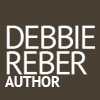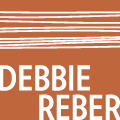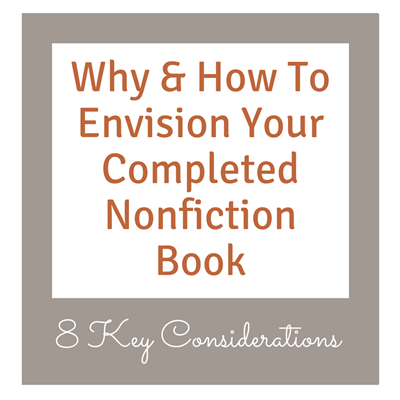When I’m in the early stages of developing a new nonfiction book idea, I always spend time envisioning exactly what I think/hope/believe my completed book will look like. I do this for three simple reasons:
1. It helps me get clearer on exactly what I’m hoping to create, which facilitates moving forward
2. It gives me insights into how to easily convey my vision to whoever I’m pitching (my agent, publishers, etc.)
3. When I can visualize something, I’m more likely to get my energy in alignment around creating it
8 CONSIDERATIONS FOR ENVISIONING YOUR COMPLETED BOOK
If you’re like most would-be authors, you love books, so this pre-writing step should be creative and fun, kind of like the literary equivalent of sampling all the items on the menu at a favorite restaurant. All you’ve got to do is head to your local bookstore when you have a few hours at your disposal and dig in.
Pick a section (typically the one you think your book would be shelved in, but this doesn’t have to be the case), pull up some carpet, hunker down in an aisle, and start exploring. As you do so, take note of the following considerations for each book you examine:
- Length: Page count, chapter count
- Format: Hardcover, paperback, coffee table book, etc.
- Trim Size: Standard size (trade paperback, mass market paperback, etc), square, unusually large or small
- Price Point: Retail cost noted on back of book
- Cover: Bold, subtle, highly designed, minimalist
- Photographs and/or Images: Color, B&W, etc.
- Gimmicks: Any unique, essential feature (interactive pullouts, cut-outs, etc.)
- Design: Any recurring interior features, unusual approaches, look and feel, general design aesthetic
After you’ve completed your bookstore field trip, take some time to map out your thinking on each of these elements as they relate to your book. Click here to download an interactive worksheet you can use as you go you through this step.
Sometimes? If I’m feeling really excited? I’ll even design a cover for the finished book, complete with a made-up blurb on the front cover from someone like, oh, I don’t know … Oprah … print it out, and tack it on the wall in my office. (Hey, don’t judge. Writing a book isn’t easy. I do what I need to do to stay motivated and focused about what I’m working toward.)
In my next post, I’ll write about getting clear on your personal WHY and goals for your book.


